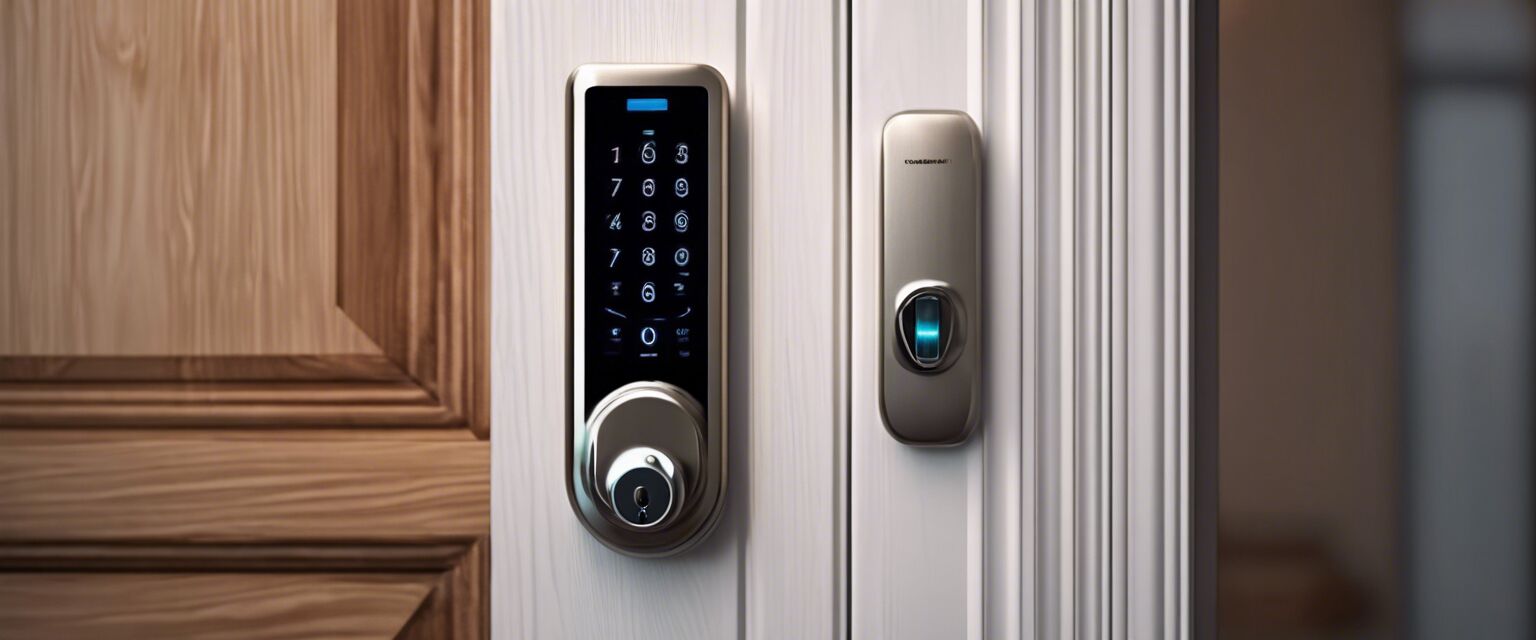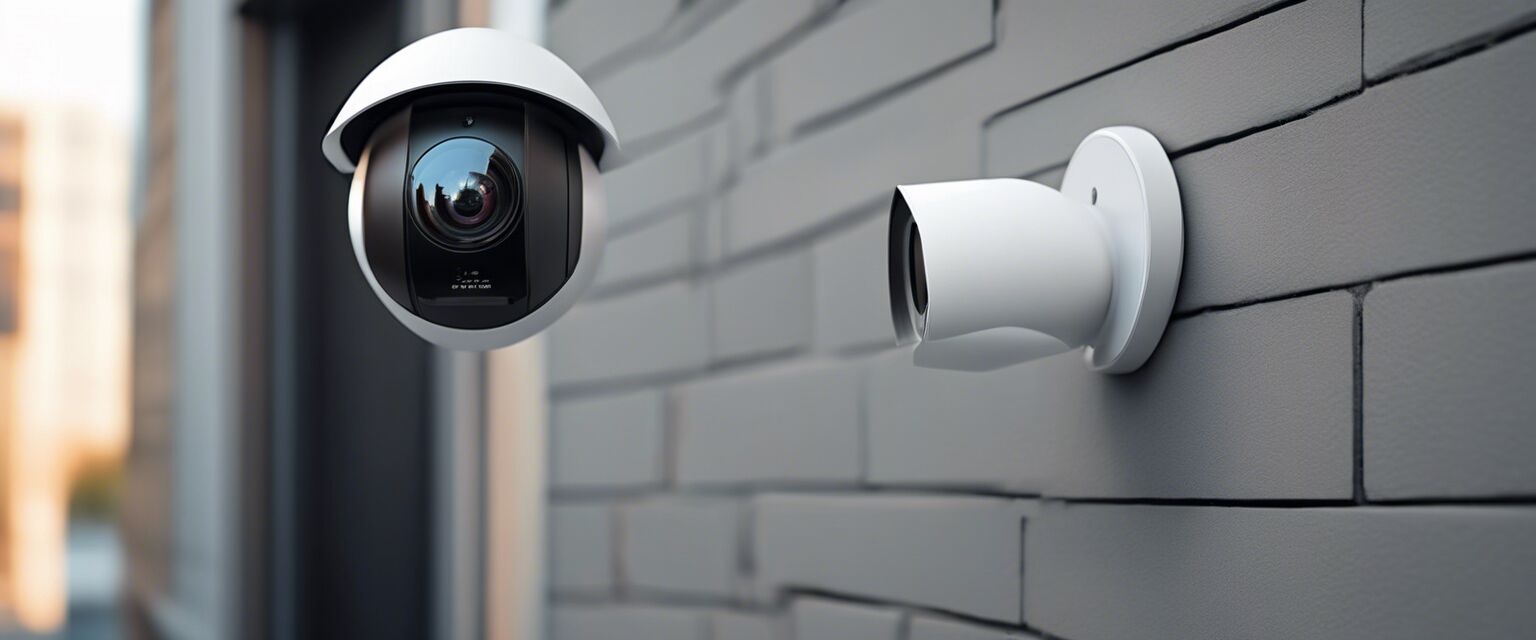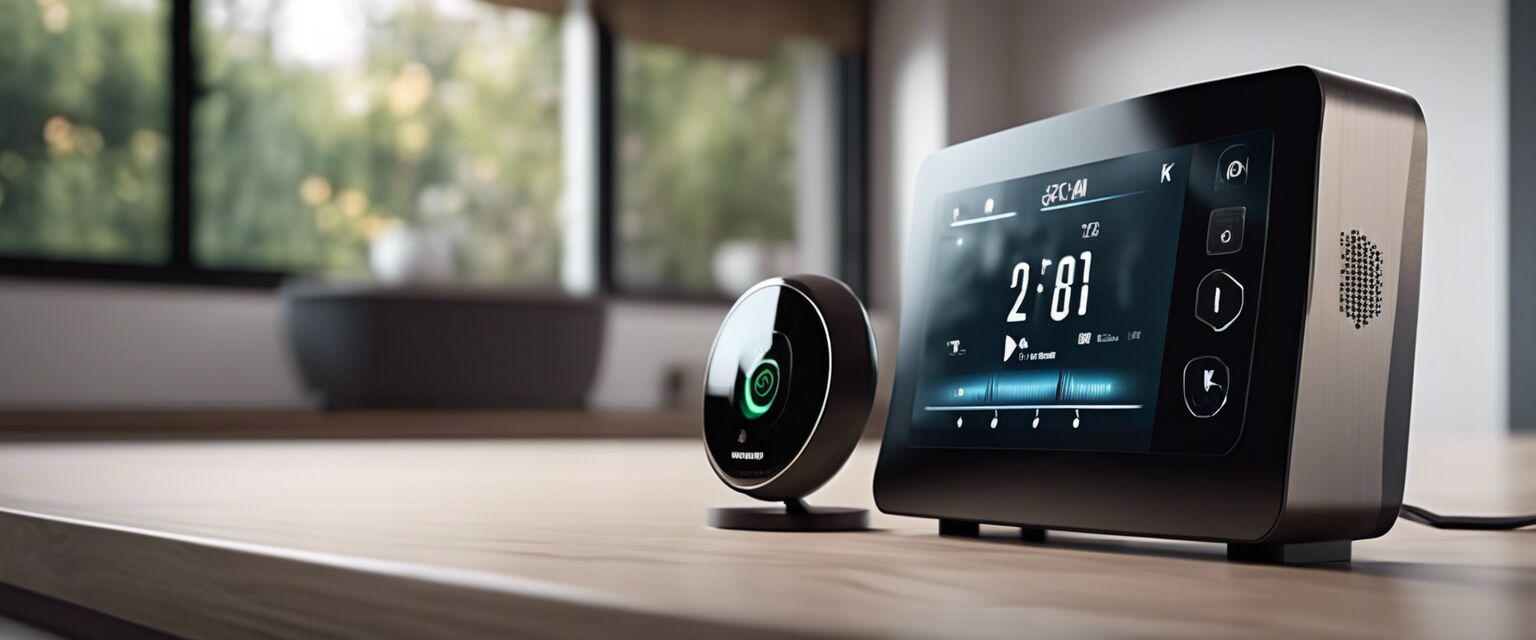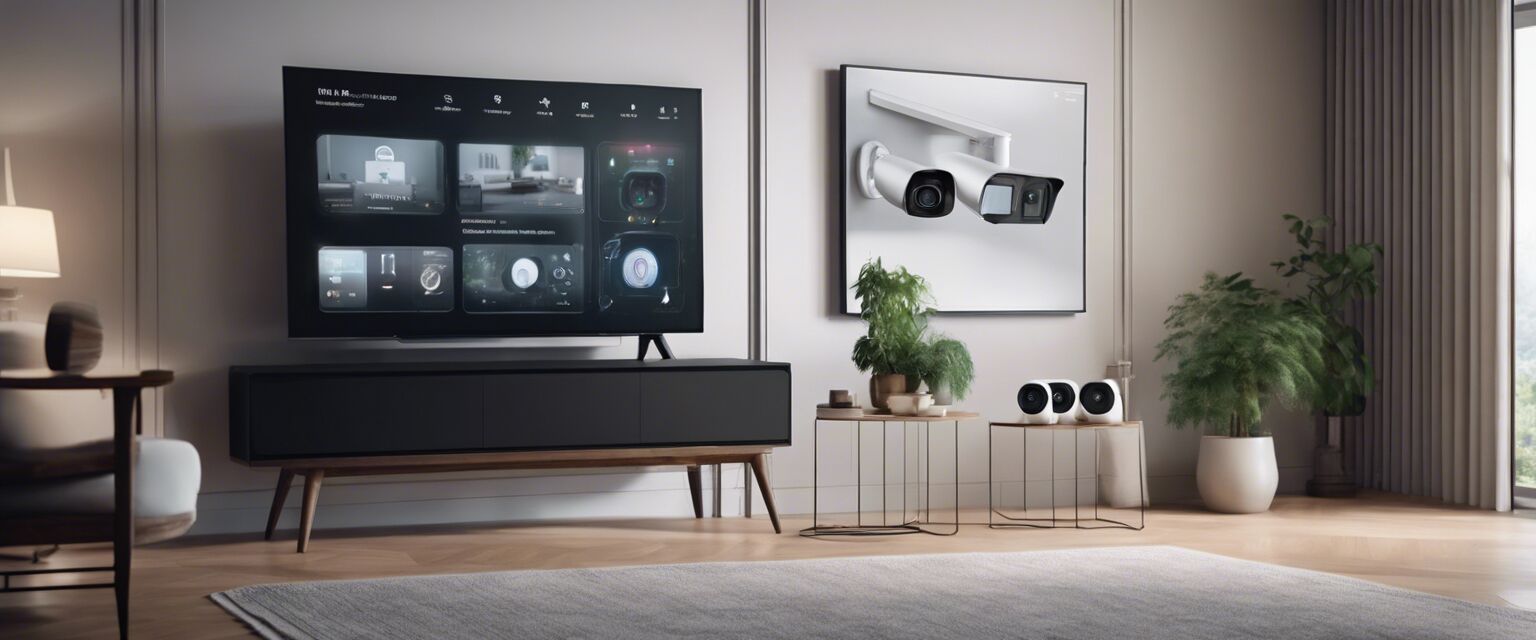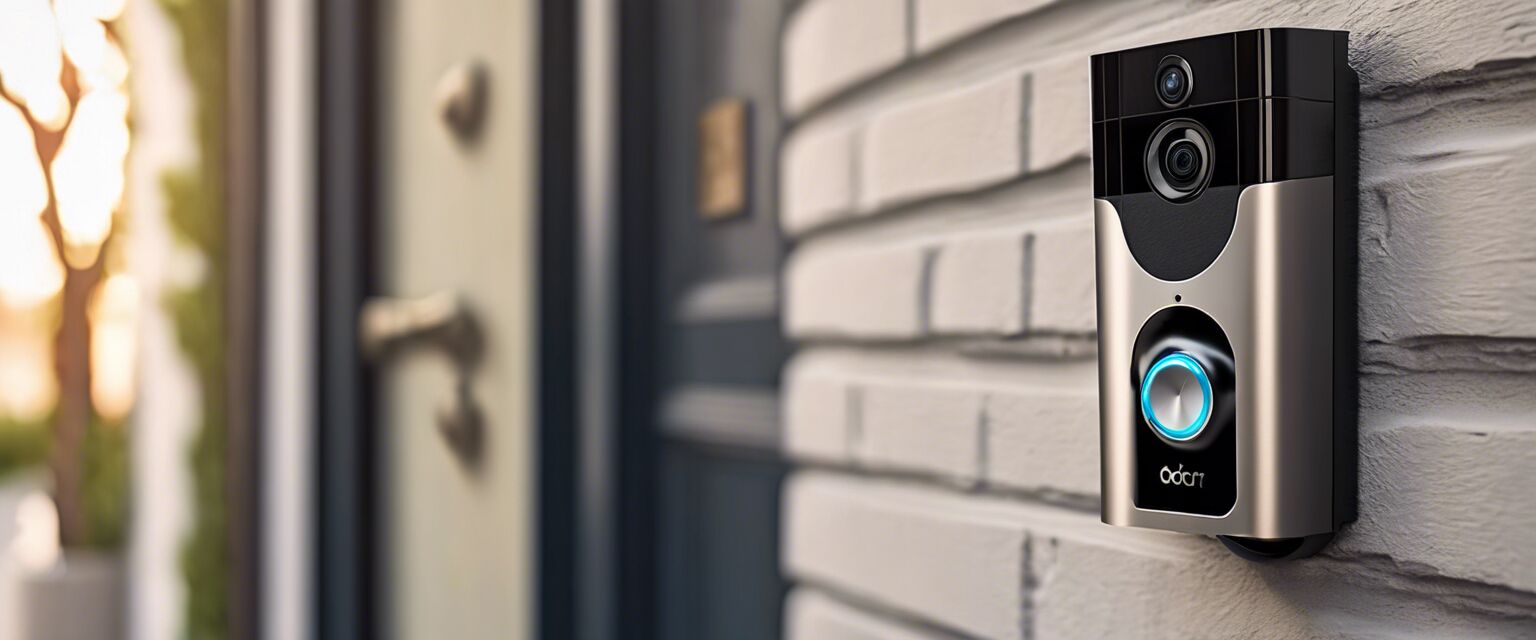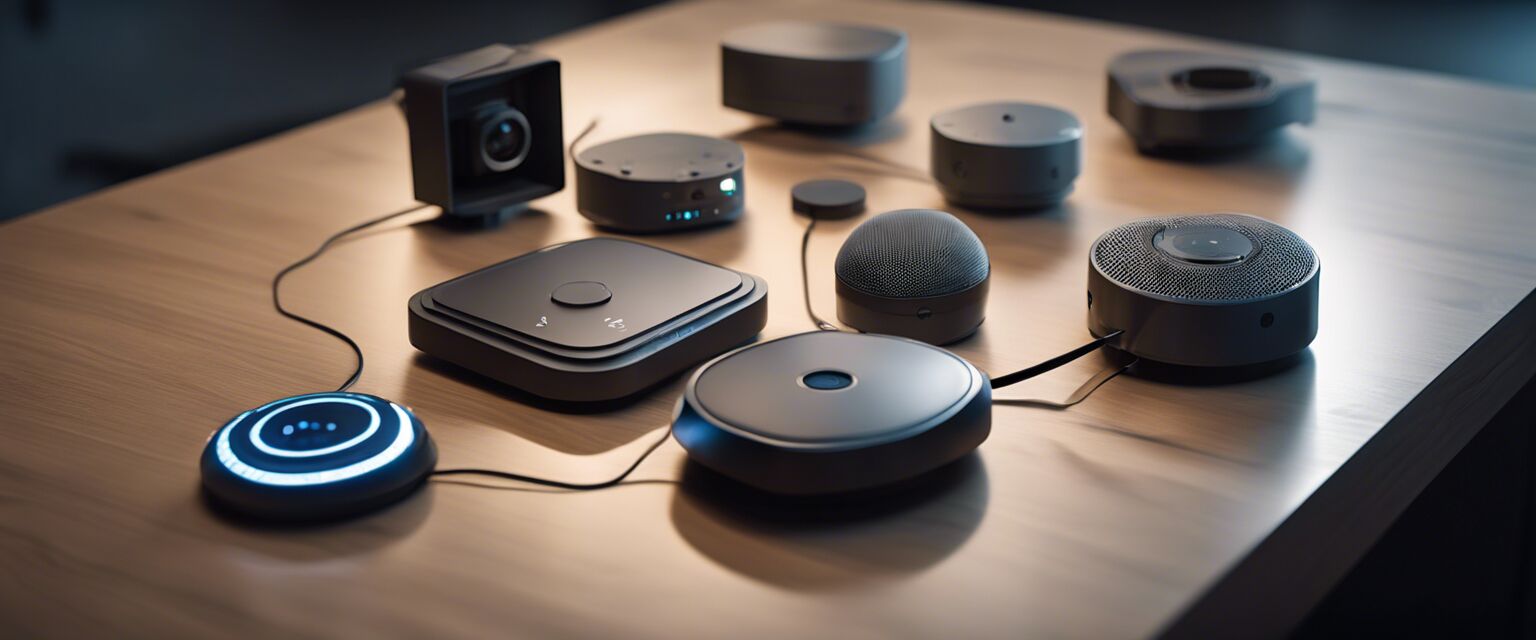
Smart Home Security
Motion Sensors & Detectors
Welcome to your comprehensive guide on motion sensors and detectors. In today's world, security and automation are paramount, and understanding these devices can significantly enhance your home safety and convenience. This article will cover the types, applications, and installation tips for motion sensors, along with key takeaways for easy reference.
Key Takeaways
- Motion sensors are essential for security systems.
- They come in various types, including passive infrared (PIR) and ultrasonic sensors.
- Proper installation and positioning are crucial for optimal performance.
- Integration with smart home systems enhances functionality.
- Regular maintenance ensures longevity and reliability.
What Are Motion Sensors?
Motion sensors are devices that detect movement in a designated area. They are widely used in security systems to alert homeowners of potential intruders and can also be used to trigger lights or other automated systems. Understanding how they function and their different types can help in selecting the right sensor for your needs.
Types of Motion Sensors
Motion sensors can be categorized based on their technology and application. Below are the main types:
| Type | Working Principle | Best Use Cases |
|---|---|---|
| Passive Infrared (PIR) | Detects changes in heat emitted by moving objects. | Indoor and outdoor security, automated lighting. |
| Ultrasonic | Uses ultrasonic waves to detect movement. | Situations requiring precision, such as in hallways. |
| Microwave | Emits microwave pulses and detects reflections. | Large open spaces, detecting movement behind obstacles. |
| Dual Technology | Combines PIR and microwave sensors for enhanced accuracy. | Security applications needing higher reliability. |
Applications of Motion Sensors
Motion sensors have a wide range of applications in homes and businesses. Here are some common uses:
- Security Systems: Alert homeowners of intrusions.
- Lighting Control: Automatically turn on lights when someone enters a room.
- Home Automation: Integrate with other smart devices for enhanced convenience.
- Energy Savings: Help reduce electricity usage by turning off lights when no one is present.
- Parking Assistance: Detect vehicles, preventing accidents in parking lots.

How to Install Motion Sensors
Installing motion sensors can be straightforward, but proper placement and setup are crucial for effectiveness. Follow these steps for a successful installation:
- Choose the Right Location: Identify areas that require monitoring or lighting.
- Height and Angle: Install sensors at the recommended height and angle for optimal detection.
- Wiring (if applicable): Follow the manufacturer's wiring diagram if it's a wired sensor.
- Test the Sensor: After installation, test the sensor to ensure it detects movement accurately.
- Adjust Settings: Configure sensitivity and duration settings as needed.
Tips for Beginners
- Start with one sensor to understand how it works before expanding your system.
- Read the user manual for specific installation instructions.
- Consider the time of day and potential obstacles that might hinder detection.
- If possible, choose sensors that integrate seamlessly with your existing smart home devices.
Pros and Cons of Motion Sensors
Pros
- Enhances home security.
- Automates lighting for convenience.
- Energy-saving features reduce electricity costs.
- Wide variety of models available for different needs.
- Easily integrates with smart home systems.
Cons
- False alarms can occur if not correctly installed.
- Some models may require regular maintenance.
- Higher-end sensors can be expensive.
- Limited range in some sensor types.
- Specific environmental factors can hinder performance.
Maintaining Your Motion Sensors
Once installed, regular maintenance is important to ensure that motion sensors function effectively. Here are some maintenance tips:
- Keep sensors clean and free from dust.
- Check for obstruction from furniture or plants.
- Replace batteries (for wireless models) as needed.
- Regularly test the sensors to ensure they activate as expected.

Conclusion
Motion sensors play a significant role in the realm of smart home security, offering functionality and convenience. Whether you are looking to enhance your security system, automate your lighting, or save energy, motion sensors can help you achieve your goals. With proper understanding and installation, these devices can significantly contribute to your home's safety and efficiency.
For more information on related smart home devices, you can check out these links:

